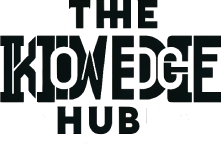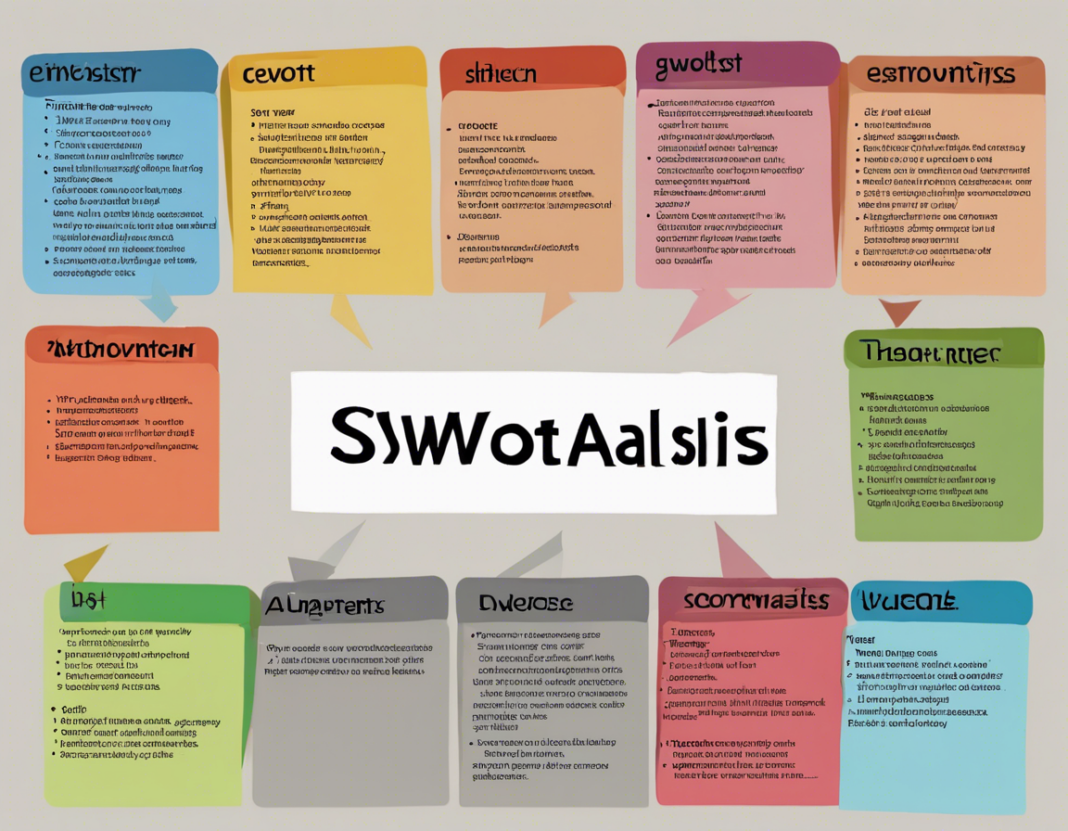As an educator or academic professional, it is essential to have a comprehensive understanding of your students in order to provide them with the best support and guidance. One valuable tool for this purpose is the SWOT analysis, a strategic planning technique used to identify a person’s Strengths, Weaknesses, Opportunities, and Threats. By conducting a SWOT analysis on a student, you can gain valuable insights that can help you tailor your teaching approach, provide targeted assistance, and support their academic and personal growth. In this guide, we will walk you through the process of conducting a SWOT analysis on a student to better understand their unique characteristics and needs.
Understanding the SWOT Analysis
Before we delve into the specifics of conducting a SWOT analysis on a student, it is important to understand the components of this strategic tool:
-
Strengths: These are the internal attributes and resources that are positive and beneficial to the student. Strengths could include academic abilities, creativity, motivation, leadership skills, or any other positive qualities the student possesses.
-
Weaknesses: These are internal factors that may hinder the student’s academic performance or personal development. Weaknesses could be areas where the student struggles, such as organizational skills, time management, study habits, or specific academic subjects.
-
Opportunities: These are external chances for the student to excel or improve. Opportunities could include available resources, supportive environments, extracurricular activities, mentorship programs, or any other external factors that could benefit the student.
-
Threats: These are external factors that may pose challenges or obstacles to the student’s success. Threats could include peer pressure, academic pressures, family issues, health challenges, or any other external factors that may negatively impact the student.
Conducting a SWOT Analysis on a Student
Now that we have a clear understanding of the components of a SWOT analysis, let’s explore how to conduct a SWOT analysis on a student:
1. Gather Information
- Strengths:
- Evaluate the student’s academic performance, extracurricular achievements, and personal qualities.
- Consider feedback from teachers, parents, and peers.
-
Use assessments, tests, and surveys to identify areas of strength.
-
Weaknesses:
- Review the student’s grades, test scores, and homework assignments.
- Observe the student’s behavior in class and study habits.
- Identify any recurring issues or challenges the student faces.
2. Identify Opportunities and Threats
- Opportunities:
- Explore extracurricular activities, tutoring programs, or enrichment opportunities.
- Consider mentorship, counseling, or support services available to the student.
-
Identify ways to leverage the student’s strengths and interests.
-
Threats:
- Evaluate external factors that may be impacting the student’s performance.
- Consider social pressures, family dynamics, health issues, or other challenges.
- Look for early warning signs of potential threats to the student’s well-being.
3. Analyze and Develop Strategies
- Strengths:
- Build on the student’s strengths by providing opportunities for growth and development.
- Encourage the student to take on leadership roles or challenging tasks that align with their strengths.
-
Celebrate and recognize the student’s accomplishments to boost their confidence.
-
Weaknesses:
- Develop personalized strategies to address the student’s weaknesses.
- Provide additional support, resources, or interventions to help the student improve.
-
Encourage the student to set specific goals and track their progress towards improvement.
-
Opportunities:
- Help the student explore and take advantage of available opportunities for growth.
- Connect the student with mentors, advisors, or support services that can enhance their development.
-
Encourage the student to step out of their comfort zone and try new experiences.
-
Threats:
- Implement preventive measures to mitigate potential threats to the student’s well-being.
- Communicate openly with the student to address any challenges they may be facing.
- Collaborate with parents, counselors, or other professionals to provide comprehensive support.
Frequently Asked Questions (FAQs)
- How can a SWOT analysis benefit the student?
-
A SWOT analysis can help identify areas of strength and improvement, as well as external opportunities and threats, providing a holistic view of the student’s situation.
-
What are some common weaknesses students may have?
-
Common weaknesses students may have include poor time management, lack of organizational skills, difficulty with certain subjects, or low motivation.
-
How can educators use SWOT analysis results to support their students?
-
Educators can use SWOT analysis results to tailor their teaching approach, provide targeted support, and help students develop strategies to overcome challenges.
-
Can SWOT analysis be conducted collaboratively with students?
-
Yes, involving students in the SWOT analysis process can empower them to take ownership of their strengths and weaknesses and actively participate in setting goals for improvement.
-
What are some examples of opportunities for students to excel?
- Opportunities for students to excel could include participation in academic competitions, access to mentorship programs, involvement in extracurricular activities, or internships in their field of interest.
By conducting a SWOT analysis on a student, you can gain valuable insights that can inform your teaching strategies, intervention plans, and support mechanisms to help students reach their full potential.Utilize the information gathered from the analysis to create personalized strategies that address the student’s specific needs and empower them to succeed academically and personally.


